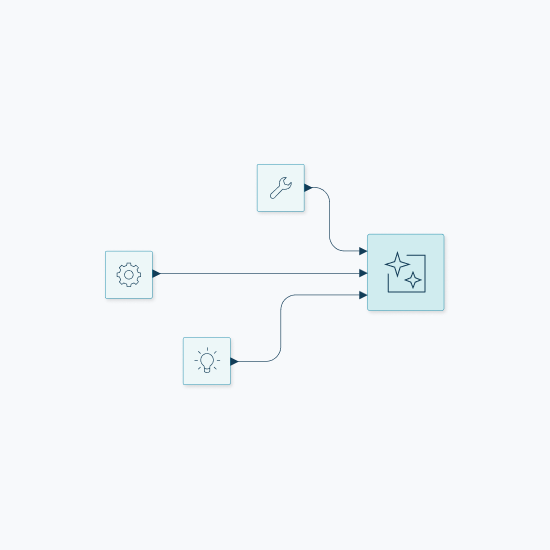This article is based on the talk, “Real Agents Stand on the Shoulders of Data Work” at DataHop Amsterdam.
Just as visual workflows enable users to work with data at the right level of abstraction, the same concept benefits users of different expertise levels to build agentic AI systems — from very simple through to amazing levels of complexity.
Why visual workflows matter for data & AI
At KNIME, we believe the most intuitive and reliable way to work with data and AI is with visual workflows. That’s because when you’re working with data and AI, you care about what happens to your data as it’s being processed. You can model that with visual workflows.
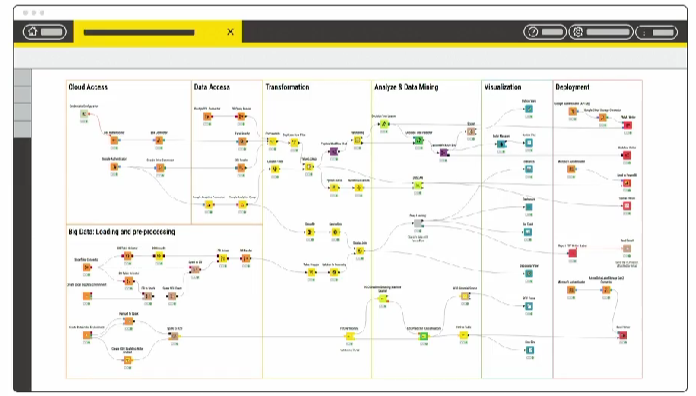
- Visual workflows make it easier to see how the data flows and what’s happening to it at each step. Rather than writing lines of code, you build visual workflows by connecting nodes that represent each step of the process.
- Visual workflows are fully traceable and reproducible, ensuring transparency, reliability, and easy auditing. They help you — as a human in the loop — check and verify each step of the process.
- Parts of visual workflows can be adjusted or replaced independently of the workflow as a whole. This means you can add functionality as your own expertise grows or as needs arise, without having to start from scratch each time.
- Visual workflows allow beginners to start with simpler data manipulation and automation, and add new expertise in incremental steps, diving deeper into the field of data science and AI.
Why visual workflows matter for agentic systems
Visual workflows allow you to build agents in a modular fashion, step by step. What makes this modular approach powerful is how it can grow and evolve. You start with small building blocks, put them together, and you soon have a system that does something a lot more sophisticated.
An agentic system is essentially a large-language-model-powered system that’s able to reason, decide, and act autonomously to solve a task. It can be as simple or as complex as you need it to be.
You can start with a “minimal” agent that solves a simple task. As you need your agent to do more complex tasks, you can use visual workflows to add capabilities step by step.
To recap, here are the key components an AI agent relies on to get its tasks done. All of these key components can be built very naturally with visual workflows:
The key components of an AI agent
 Tools do things like aggregating data sources, classifying images, or making a prediction. Classic KNIME workflows can execute these kinds of tasks. If you’re already using KNIME you probably have workflows collecting and processing data that can easily be turned into tools.
Tools do things like aggregating data sources, classifying images, or making a prediction. Classic KNIME workflows can execute these kinds of tasks. If you’re already using KNIME you probably have workflows collecting and processing data that can easily be turned into tools.
 Intelligent tools are tools that include prompts to an LLM to e.g., translate or summarize a text, return the sentiment of a text, generate an image. When classic KNIME workflows are enhanced with GenAI capabilities, resulting in intelligent tools.
Intelligent tools are tools that include prompts to an LLM to e.g., translate or summarize a text, return the sentiment of a text, generate an image. When classic KNIME workflows are enhanced with GenAI capabilities, resulting in intelligent tools.
 AI workflows line up a series of tools to solve more complex tasks. You can build a KNIME workflow to orchestrate and use a series of tools to carry out tasks.
AI workflows line up a series of tools to solve more complex tasks. You can build a KNIME workflow to orchestrate and use a series of tools to carry out tasks.
 Agents have access to tools and orchestrate their use differently depending on the task it has to solve. Agents themselves can be developed using KNIME workflows.
Agents have access to tools and orchestrate their use differently depending on the task it has to solve. Agents themselves can be developed using KNIME workflows.
Create a custom repository of agentic applications and services
So you begin by building a simple agent. Turn one or two existing workflows into tools, and put them together to add more value. As you gradually build out your collection of new tools, AI workflows, or other agents, your agentic system can handle increasingly complex tasks.
You’ll find more visual workflows that could be turned into tools on the KNIME Hub. KNIME Hub is a vast repository of 1000s of workflows uploaded by KNIME and the community. It’s highly likely that a tool you need has already been built. Always check first!
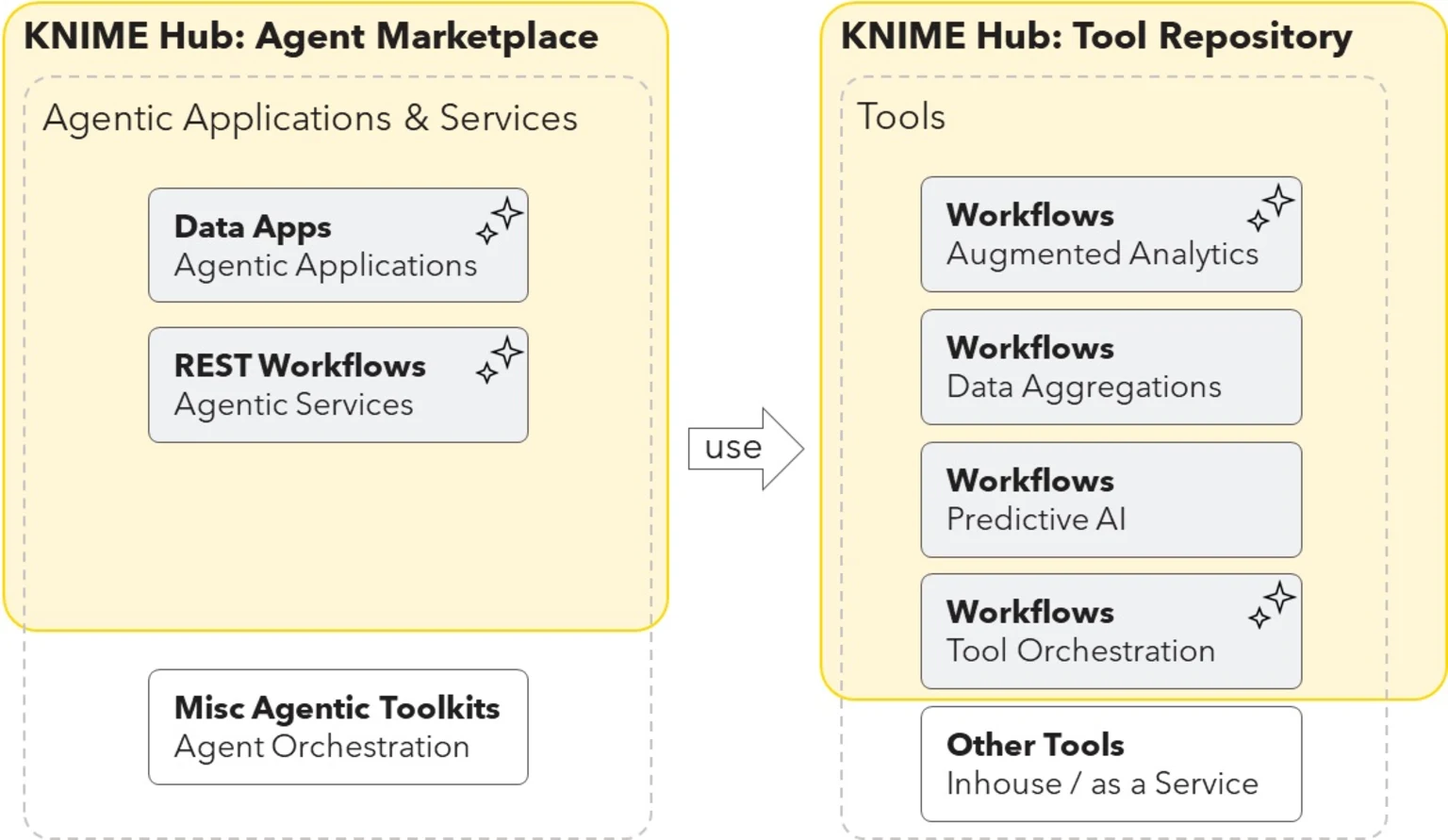
You can use KNIME Hub to:
- Discover pre-built tools, AI workflows, and AI agents created by the KNIME community. Think of it as an agent marketplace.
- Create your own repository of different tools to build AI agents.
- Build AI systems with workflows following the Model Context Protocol (MCP), deployed as a service that works from the Hub.
- Deploy your agentic workflows directly from the Hub as apps or services
- Control how AIs are used in your organization or team. For example, you might not want everybody in your organization to be able to use all the connectors to AI providers that KNIME offers. Compliance setups, as well as deployment, rights management, and collaboration management, are supported in KNIME Business Hub.
As you gradually need more complexity the visual workflow environment gives you the flexibility and the transparency you need to scale.
Examples of AI agents we’ve built at KNIME
We’ve built two agents internally that demonstrate how you can develop your own agentic AI with KNIME.
1. Ask KNIME Anything agent
This agent answers a wide range of internal questions about customers, the community, KNIME users, and employees. Find it on KNIME Community Hub.
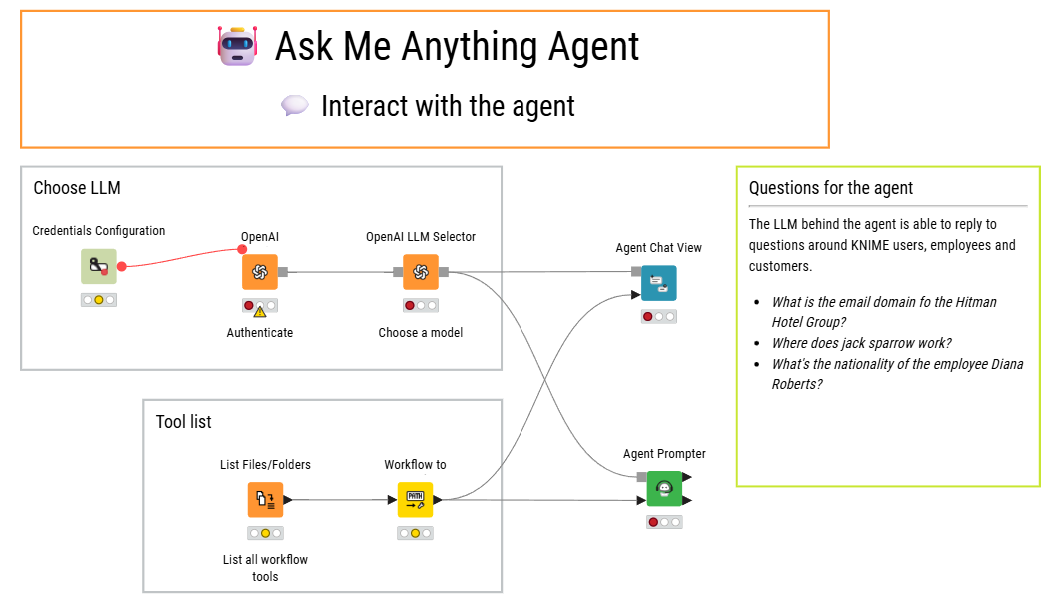
- Step 1: We built this agent to query systems like Salesforce, HubSpot, and AWS logs. It uses KNIME workflows – turned into tools that are stored on the KNIME Hub, to fetch and process that data.
- Step 2: Add a new source by building a workflow and making it available to the agent as a tool on KNIME Hub, and the agent can use it immediately.
2. Terminology Compliance and Tonality Checker
This agent helps ensure that published content adheres to your internal terminology and tonality guidelines.
- Step 1: The terminology checker here is a classic KNIME workflow that’s getting a text and matching it against a list of white and black words – lists where you can say there’s certain terminology we want/don’t want to use.
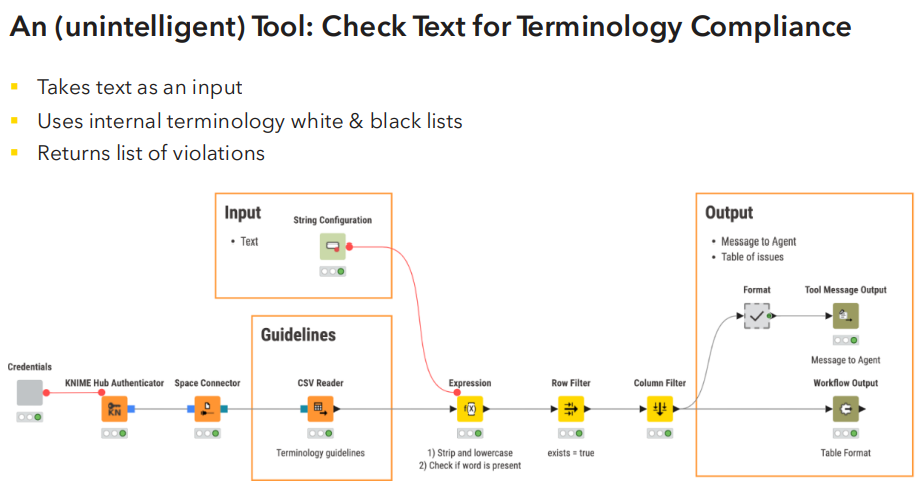
- Step 2: The tonality checker checks if the copy complies with your tonality guidelines and uses an LLM to review the copy.
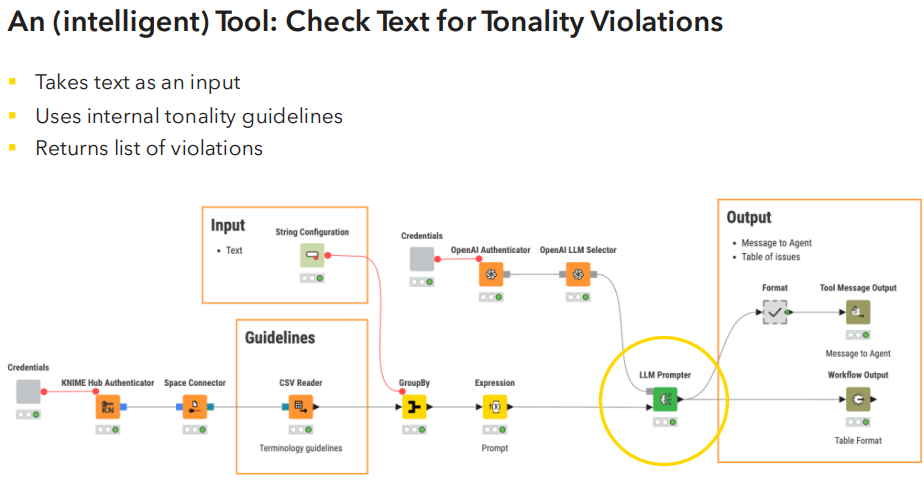
- Step 3: You could add additional capabilities, for example an image checker and make it available to the agent in your tool repository on KNIME Hub.
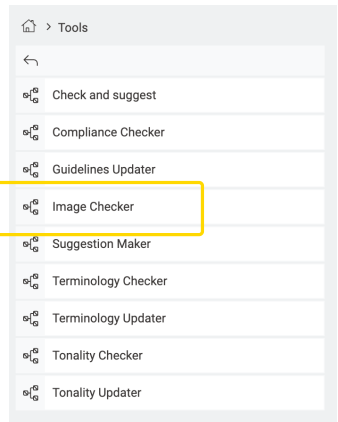
Visual workflows: From minimal agents to sophisticated agentic systems
Visual workflows enable us all to build agents, step by step. We didn’t start with a master agent. We started with one that flagged long sentences. Then we added terminology checks. Then memory. Each step added value. Each new tool gave the agent more capability.
Try visual workflows to move from ideas to impactful agent-driven solutions. Download KNIME.
